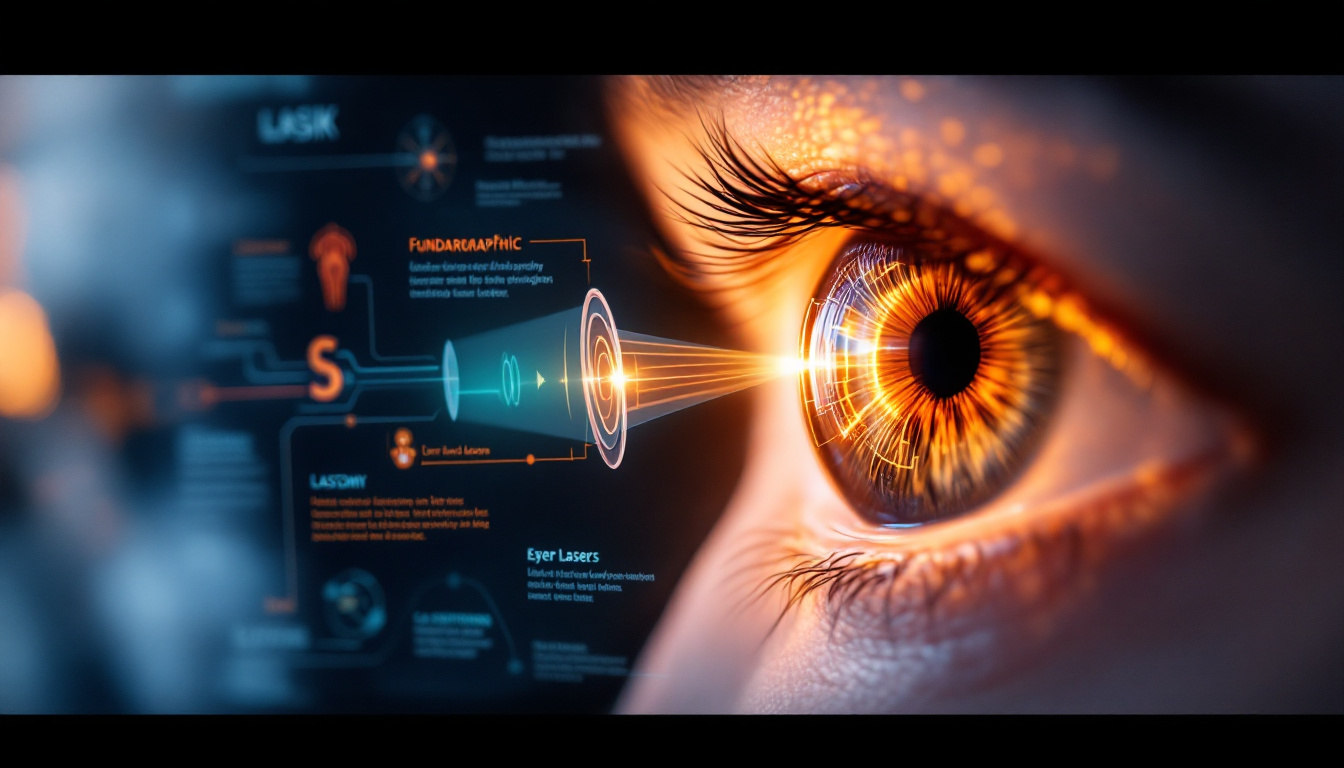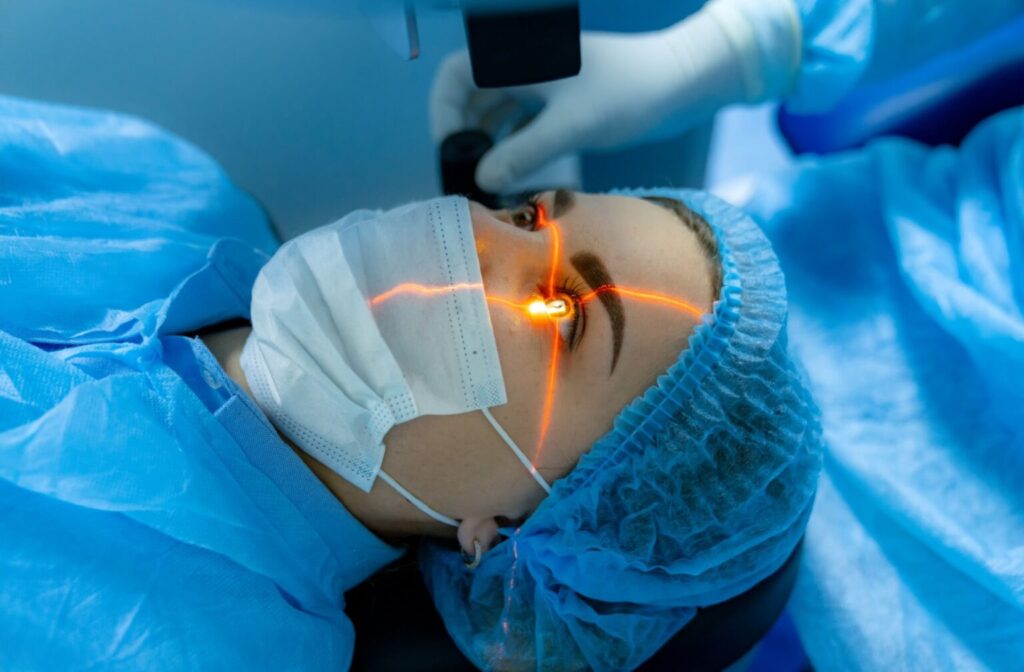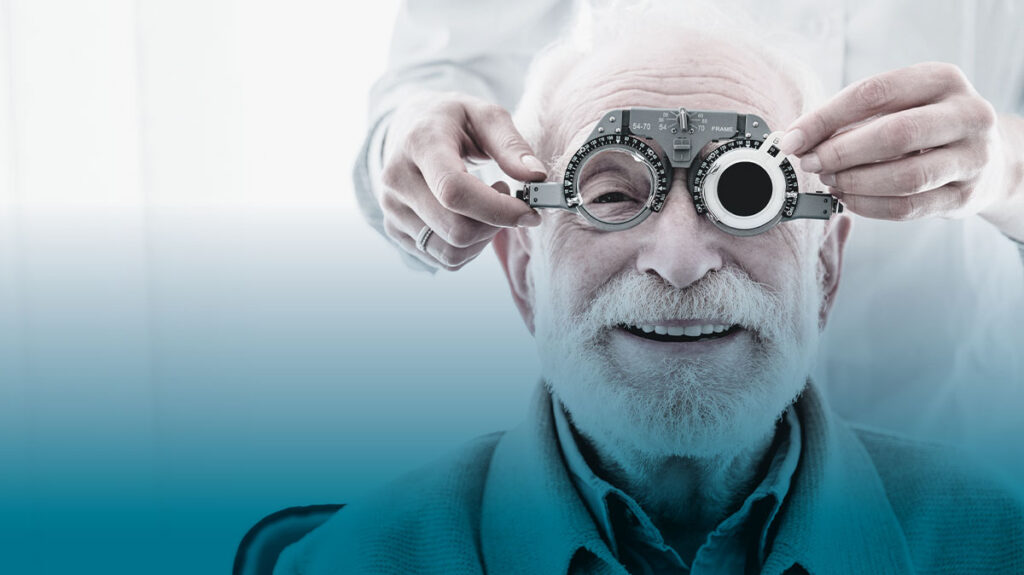The quest for perfect vision has led many individuals to consider LASIK eye surgery as a viable solution. This refractive surgery has gained immense popularity over the years as an option to reduce or eliminate dependence on glasses and contact lenses. However, a common question on the minds of many is whether the results of LASIK are permanent. This article delves into the intricacies of LASIK eye surgery, exploring its procedures, outcomes, and potential risks, ultimately helping you determine if it is the right choice for your vision correction needs.
Understanding the Basics of LASIK Eye Surgery
LASIK, an acronym for Laser-Assisted In Situ Keratomileusis, is a surgical procedure aimed at correcting common vision issues such as myopia (nearsightedness), hyperopia (farsightedness), and astigmatism. This technique involves reshaping the cornea—the front surface of the eye—to allow light entering the eye to be properly focused onto the retina, resulting in improved vision.
In summary, eye surgery LASIK offers a promising solution for those seeking to reduce their dependence on corrective lenses. While many patients experience long-lasting results, several factors can influence the success of the procedure. It is essential to consult a qualified eye care professional to assess individual risks and benefits before making a decision that could significantly impact your vision and overall quality of life.

What is LASIK?
LASIK is a type of refractive surgery that utilizes laser technology to enhance visual acuity. The surgery is known for its precision and efficiency, requiring only a few minutes per eye. During the procedure, a specialized laser is employed to remove a small amount of corneal tissue, thus altering the cornea’s curvature. By doing so, LASIK aims to minimize or fully eliminate reliance on corrective lenses.
How Does LASIK Work?
The LASIK procedure begins with the creation of a thin flap in the cornea, usually performed with a microkeratome or a femtosecond laser. Once the flap has been created, the surgeon will lift it to access the underlying corneal tissue. The laser then precisely reshapes the cornea to correct the refractive error. After the treatment, the flap is repositioned, adhering naturally to the eye without the need for stitches.
One of the key benefits of LASIK is its quick recovery time; many patients notice significant improvement in vision within a day after the surgery. However, it is crucial to have realistic expectations regarding the outcomes. While most patients achieve 20/25 vision or better, some may still require glasses for specific tasks, such as night driving or reading fine print. Additionally, the degree of correction can vary based on individual factors, including the severity of the refractive error and the overall health of the eyes.
Pre-operative evaluations are an essential part of the LASIK process, as they help determine a patient’s suitability for the procedure. During these assessments, eye doctors will conduct a series of tests to measure corneal thickness, pupil size, and overall eye health. This thorough examination ensures that the surgeon can tailor the procedure to the unique characteristics of each patient’s eyes, maximizing the chances of achieving optimal results. Furthermore, patients are advised to discuss their medical history and any medications they are taking, as these factors can influence the success of the surgery and the recovery process.
Read about cataract surgery on: Everything You Need to Know About Cataract Surgery Cost
The Procedure of LASIK Surgery
Understanding the detailed steps of the LASIK procedure is vital for anyone considering this surgery. It is a highly structured process that ensures patient safety and effective outcomes.
Pre-Surgery Preparations
Prior to the surgery, patients undergo a comprehensive eye examination to determine their eligibility for LASIK. This evaluation assesses the health of the cornea, pupil size, prescription stability, and overall eye health. Additionally, patients are advised to stop wearing contact lenses for a specified period leading up to the surgery, as these can alter the shape of the cornea. During this preparatory phase, patients may also be educated about the procedure, including potential risks and benefits, which helps in setting realistic expectations. It’s not uncommon for patients to feel anxious; therefore, discussing concerns with the surgeon can provide reassurance and clarity. Learn more about anxious on https://medlineplus.gov/anxiety.html
During the Surgery
The LASIK procedure is typically performed on an outpatient basis and lasts approximately 30 minutes. Upon arrival at the surgical facility, patients will receive numbing eye drops to ensure comfort during the process. The surgeon will then use a suction ring to stabilize the eye and create the corneal flap. Once the flap is lifted, the laser treatment begins. Patients are asked to focus on a target light, assisting in the precision of the laser application. The laser itself is highly advanced, often using wavefront technology to customize the treatment to the unique imperfections of each patient’s eyes. This personalization can significantly enhance the quality of vision post-surgery, allowing for sharper and clearer sight than what glasses or contacts could provide.

Post-Surgery Care
After the procedure, patients are monitored for a short time to verify stable vision and to ensure there are no immediate complications. It is critical to follow post-surgery care instructions meticulously, which usually include using prescribed eye drops, avoiding strenuous activity, and wearing protective eyewear during the healing process. Patients are often advised to rest their eyes and limit screen time to facilitate recovery. Regular follow-up visits with the eye care professional are essential to assess healing and vision stability. During these visits, the doctor may conduct tests to measure the cornea’s healing progress and ensure that the vision is improving as expected. Many patients report a significant improvement in their vision within a day or two, which can be a life-changing experience, allowing them to engage in activities they once found challenging without corrective lenses.
The Permanence of LASIK Results
One of the most pressing questions regarding LASIK is whether its results are permanent. Understanding the factors at play can help patients make informed decisions regarding their eye health.
Short-Term Vision Improvements
Many patients experience remarkable short-term improvements in vision shortly after LASIK. Within 24 hours, most individuals report improved clarity and a decreased reliance on corrective lenses. It is common for vision to continue improving for several weeks following the surgery as the eyes heal. This rapid recovery is largely due to the advanced technology used in LASIK procedures, which allows for precise reshaping of the cornea with minimal disruption to surrounding tissues. Patients often find that they can return to their daily activities, including work and sports, much sooner than they would with other types of eye surgeries. To find more about tissues click here.
Long-Term Vision Stability
While many patients enjoy stable, long-lasting improvements in vision, some may experience changes in eyesight over time due to natural aging processes or the progression of refractive errors. Studies indicate that a percentage of LASIK patients may require enhancement procedures or secondary treatments years after the initial surgery to maintain optimal vision. Factors such as hormonal changes, health conditions, and lifestyle choices can also influence long-term outcomes. For instance, individuals who spend significant time in front of screens or are exposed to harsh environmental conditions may notice changes in their vision sooner than others.
Moreover, it is important to consider that LASIK is not a one-size-fits-all solution. The effectiveness and longevity of the results can vary based on individual eye characteristics, such as corneal thickness and the degree of refractive error prior to surgery. Regular follow-up appointments with an eye care professional can help monitor any changes in vision and ensure that patients receive the appropriate care tailored to their specific needs. Understanding these nuances can empower patients to take proactive steps in maintaining their eye health post-surgery, ensuring that they enjoy the best possible vision for years to come.
Potential Risks and Complications of LASIK
As with any surgical procedure, LASIK carries risks and potential complications. Understanding these risks is crucial for prospective patients as they consider undergoing this eye surgery.
Common Side Effects
Many individuals report mild side effects in the initial stages post-surgery, including dry eyes, glare, halos around lights, and fluctuating vision. These side effects are typically temporary and resolve within weeks to months as the eyes adjust. Most patients, however, find that these symptoms diminish significantly over time. It is important for patients to follow their surgeon’s post-operative care instructions closely, as this can help alleviate discomfort and promote healing. Regular follow-up appointments are also essential to monitor the recovery process and address any concerns that may arise.
Serious Complications
Serious complications from LASIK are rare but can occur. Potential complications include infection, significant vision loss, and abnormal healing of the corneal flap. Patients should have thorough discussions with their ophthalmologist regarding these risks, and it is crucial to choose a skilled and experienced surgeon to minimize such occurrences. Additionally, some patients may experience issues related to their pre-existing eye conditions, such as keratoconus or severe dry eye syndrome, which can complicate the healing process and affect the overall outcome of the surgery. Therefore, a comprehensive pre-operative evaluation is vital to ensure that LASIK is the right choice for each individual.
Long-Term Considerations
While many patients enjoy improved vision after LASIK, it is essential to recognize that the effects of the surgery may change over time. Some individuals may experience a gradual return of refractive errors, necessitating enhancements or corrective lenses later in life. Furthermore, age-related changes in vision, such as presbyopia, can still occur, leading to the need for reading glasses even after successful LASIK surgery. Patients should be informed about these possibilities and plan accordingly to maintain optimal vision health throughout their lives.
Factors Influencing the Success of LASIK
Several factors can influence the success and overall outcomes of LASIK surgery. Being aware of these elements can help potential candidates make informed decisions.
Age and LASIK Success
Age is a significant factor when considering LASIK. Generally, individuals between the ages of 18 and 40 are ideal candidates, as their vision prescriptions tend to be more stable. As people age, natural eye changes can complicate outcomes, especially for those over 40 who may start experiencing presbyopia, a condition affecting near vision.
Pre-existing Eye Conditions and LASIK Success
Individuals with certain pre-existing eye conditions, such as cataracts or severe dry eye syndrome, may not be suitable candidates for LASIK. Conditions affecting the cornea, such as keratoconus, can also pose challenges. It is vital for candidates to provide a comprehensive medical history and undergo a thorough eye examination prior to the procedure to identify any potential risks or complications.

